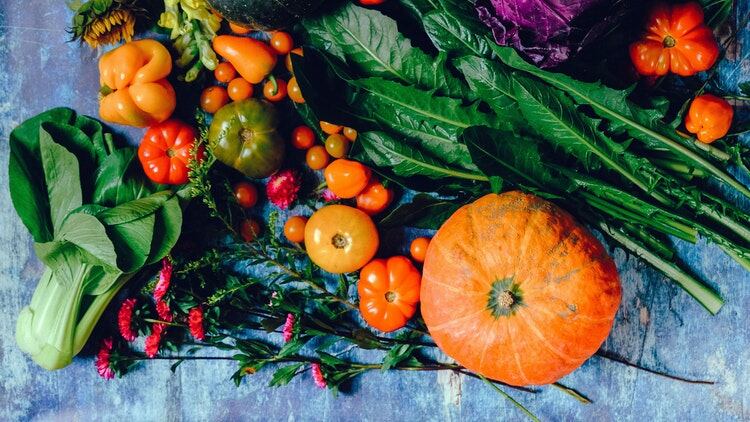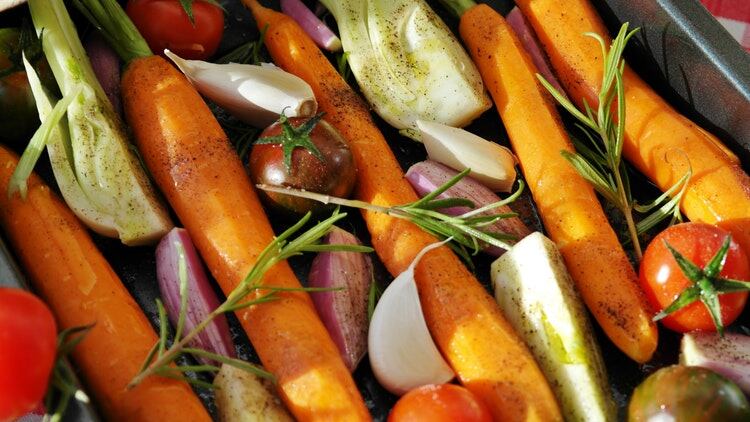The Foodservice Price Index, compiled by CGA and Prestige Purchasing, found this rise was driven by steep increases in the cost of dairy, fish, oils and fats.
The index was pushed up by the milk, cheese and eggs category, where year-on-year inflation reached 13%.
In the dairy sector, healthy grass growth has helped the UK’s milk production to remain relatively strong despite harsh weather earlier in 2018.
However, farmgate milk (average price paid by dairies for all milk purchased in the month) prices have continued to rise and there are some concerns for production over the coming months, with silage forecast to run short.
Demand for eggs is expected to rise in the UK, following a revision of the Food Standards Agency guidelines on the consumption of raw and runny eggs.
Significant inflation
The highest rises in November were within the fish, and the oils and fats category, both of which saw prices hold relatively firm in the second half of 2018.
Fish has continued a trend of significant year-on-year inflation. Although there was a small month-on-month decrease in November, Barents Sea (marginal sea of the Arctic Ocean) fishing quotas and heavy demand for salmon in the run-up to Christmas means this downward movement is unlikely to continue.
There is a similar pattern with oils and fats, according to the index, with very high inflation year on year but a slight drop month on month.
This was helped by a decline in UK wholesale butter prices after a period of high and volatile costs, and an improvement in the EU availability of butter, following overall strong global milk production in 2018.
By contrast, sugar saw a sharp movement in the opposite direction, with year-on-year deflation of 12%, mainly due to overproduction.
The index indicated the downward trend in sugar and confectionery prices continues with a 12% drop year on year in November.
UK shortages
Cocoa farmers have received welcome news in the form of a 20% raise in the minimum price paid for Fairtrade cocoa.
In the vegetables market, UK shortages of some items have continued to push up prices, with a lack of potatoes also now having a knock-on effect on the prices of manufacturers of crisp and chip products.
Prestige Purchasing chief executive Shaun Allen said: “These latest inflation figures show how volatile the supply markets continue to be within foodservice and hospitality sector, and it is only anticipated to become more challenging as we head in 2019 with the outcome of Brexit still to be determined.
“It is crucial that businesses take appropriate measures and actions to manage the future risks of inflation.”
Rising prices will be a major hurdle over the next year, according to CGA client director for food Fiona Speakman.
She said: “As 2019 opens, the latest figures from the Foodservice Price Index are a reminder – if it were needed – that inflation will be a major challenge for the foodservice sector over the next 12 months.
“Indications of deflation in sugar-related categories are more than offset by high inflation in key areas like fish, dairy, oils and fats, and with more turbulence in supply on the horizon businesses will need to stay right on top of market developments and trends.”




